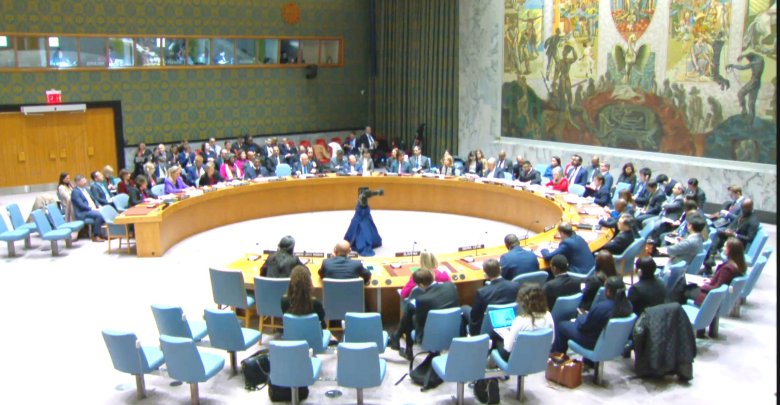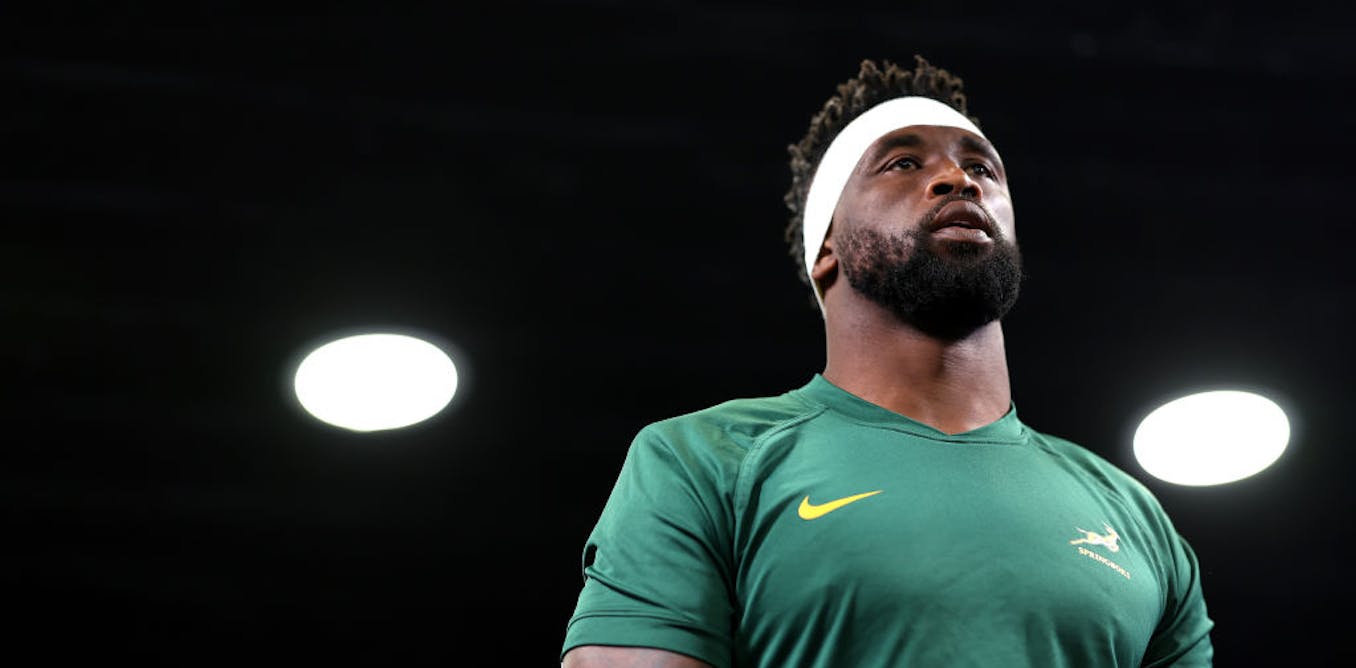One of the most highly anticipated game releases this year is Bethesda Studio’s action role-playing game Starfield. An open world game set in the year 2330 with over 1,000 explorable planets, it’s been described by producer Todd Howard as “Like Skyrim in space” and by director Ashley Cheng as “the Han Solo simulator. Get in a ship, explore the galaxy, do fun stuff.”
New game releases are rarely without their controversies. Earlier this month, a clip of YouTuber HeelvsBabyface complaining about the inclusion of pronouns in Starfield went viral.
You take everything we love, all our immersions, all our fantasies, all our escapism, and you can’t help shovel your dogshit fucking crap ideology into everything.
Other internet gaming personalities are claiming they will boycott the game over its inclusion of pronouns in the character creation system.
All this is in a response to a window that pops up during character creation asking the player to confirm their character’s pronouns from three options: he/him, she/her, and they/them.
Larian Studios’ Dungeons & Dragons-based game Baldur’s Gate 3 was released for Playstation 5 on the same day as Starfield. The game has a similarly detailed character creation system including three “identity” options: male, female, and non-binary/other, which has similarly incited criticism from gamers.
What is character creation?
In an ever-growing age of increasing digital processing power and graphics capabilities, big-budget releases such as Starfield are judged by the level of detail in worldbuilding, graphical realism, and character customisation options.
Open world games keep getting bigger and character creation systems are becoming increasingly comprehensive.
The Sims (2000) was one of the first games to offer a highly detailed level of character customisation. Most role playing games follow The Sims’ established sequence of choosing male or female, which displays a default character on screen. Players then progress through different selection pages to further customise skin colour, body proportions, hairstyle, facial features and clothing.
Conventionally, the body initially chosen will then go on to limit options for hairstyles, facial hair, and clothing. It may also affect the character’s voice in-game, determine what pronouns with which they are referred to, and limit romance options.
Hogwarts Legacy’s game mechanics reflect the gender essentialism at the heart of Harry Potter
Newer releases are changing their approach to the sex, gender and body options to allow the creation of characters beyond the gender binary. Some games, such as Elden Ring (2022), simply avoid gendering secondary sex characteristics by allowing players to choose between “Body A” or “Body B” in place of male or female. Splatoon 3 does something similar.
Other games go a lot further: CD Projekt’s Cyberpunk 2077 (2020) was the first game to allow genital customisation. Regardless of the gender chosen at the beginning of character creation, players may then select between two penis options (circumcised and uncircumcised) and a vagina, and can select a penis size from “small”, “default” and “big”.
Genital customisation does not affect gameplay, but according to ScreenRant, “both aligns closely with the cyberpunk subgenre and allows for greater player expression”.
What are pronouns, and why do they upset some people?
Pronouns are some of the first identifying words we learn. They form the basics of how we refer to ourselves and others, and we all have them.
Pronouns include words such as “I”, “me”, “you”, “your”, “she”, “his”, “them”, and “theirs”. When conservative internet personalities complain about pronouns, they are referring to the inclusive in-game options that allow people to create characters beyond the gender binary.
The argument that pronoun and custom genital options impedes player’s ability to have an “enjoyable experience” is a reflection of real-world transphobia.
Trans and gender diverse people have used games as a way to escape this reality, entering worlds where they can play as characters that align with their gender identity in ways their real-world body may not.
This is a common acting-out fantasy among non trans players too, who might create a character who is stronger, taller, or more conventionally attractive than they perceive their real-world selves to be. Games offer a world where almost anything is possible, and with the added features in newer games such as Starfield, trans and gender diverse people have more possibilities than ever to perform their gender.
Those calling for a boycott of these games over their inclusion of pronoun options and customisable genitals are also seeking to act out a fantasy: one where trans and gender diverse people do not exist. To wish the world, even a fantasy world, be rid of all traces of gender diversity, is to impose a political ideology onto a game.
Paradoxically, this is the very thing these conservative reviewers are mad about. Politics informs all forms of media in some way, but especially so science-fiction narratives, which speculate on the myriad future possibilities of humanity and beyond. Inclusive options in character creation are not only a draw for the increasingly diverse consumers of digital games, they are also an important part of storytelling.




